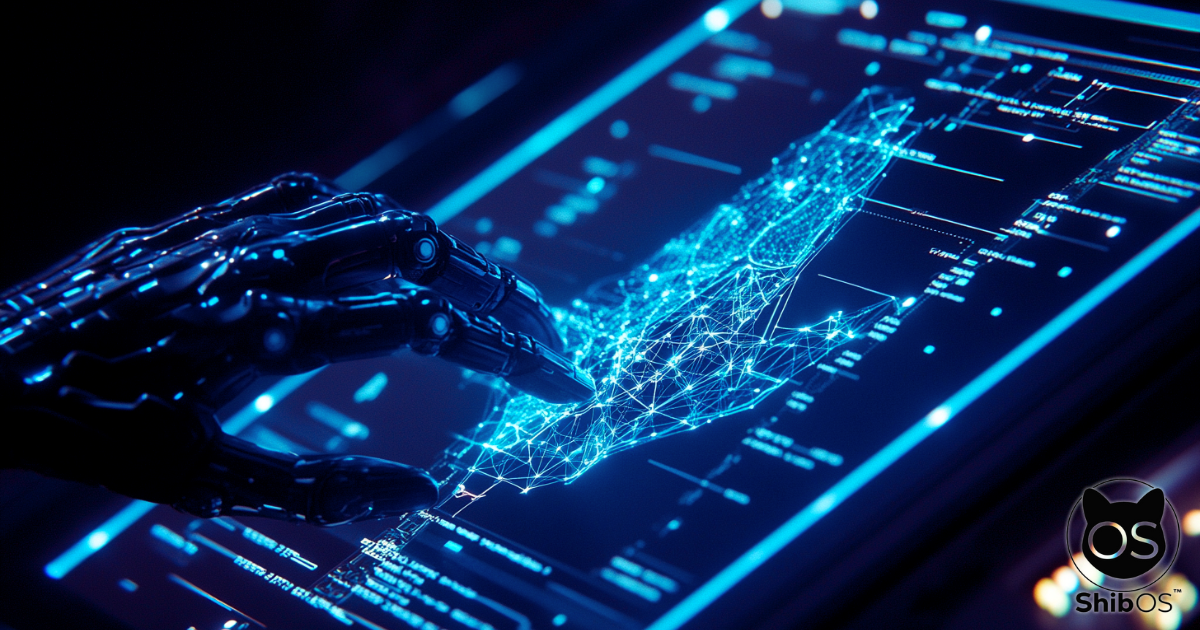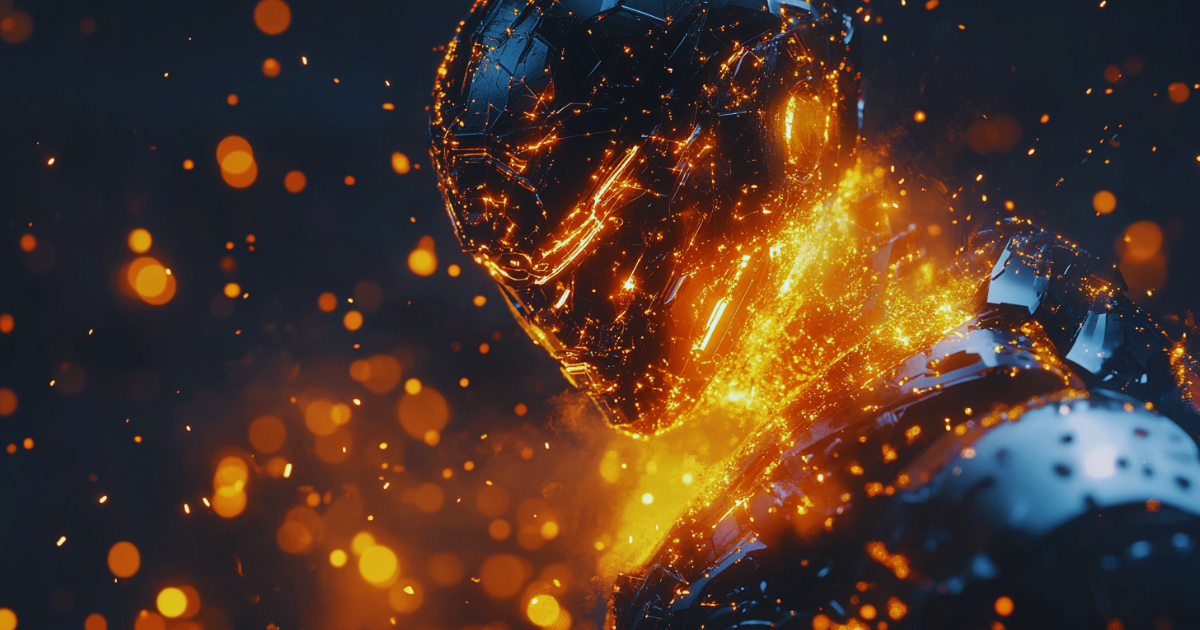
Crypto just got its rules. But the real game? It’s already moving beyond the rulebook.
Last week, Washington stopped talking and started legislating. In a rare display of bipartisan urgency, lawmakers passed three of the most consequential crypto bills to date: the GENIUS Act, the Clarity Act, and the Anti-CBDC Surveillance State Act.
Dubbed “Crypto Week” (July 14–18, 2025), the moment laid down long-awaited rules—regulating stablecoins, clarifying oversight of digital assets, and outlawing centralized government-issued currencies. For an industry long defined by ambiguity, the lines were finally drawn.
But while the headlines followed regulation, a different kind of vision took shape elsewhere—one not bound by policy, but propelled by foresight.
Related: New Shibarium Reality: The Gift and the Deadline
In the same week, Shytoshi Kusama, the pseudonymous lead ambassador of Shiba Inu, released what he calls an “AI Paper.” Styled as a “TimeMail” from a speculative future, it read less like a typical roadmap and more like a dispatch from the edge of a digital frontier.
In stark, sometimes dystopian terms, it laid out a future shaped not only by crypto, but by the unchecked rise of centralized artificial intelligence—and the existential questions it raises.

Kusama’s message is clear: if crypto is the answer to financial centralization, decentralized AI could be the answer to something even more profound. The paper categorizes AI into two branches—corporate, centralized intelligence systems designed to serve narrow interests, and open, decentralized architectures capable of augmenting human creativity and sovereignty.
What the document proposes is not just resistance but resilience. The infrastructure the Shiba Inu ecosystem has quietly built—tokens, governance tools, privacy frameworks—is presented as more than financial plumbing. It’s positioned as digital armor against the potential fallout of AI monopolies.
Related: DappStore – Think App Store, But Make It Crypto (and Kinda Weird)
Central to the paper is the evolution of the Shiba Inu ecosystem’s core assets—$SHIB, $LEASH, $BONE, and Shiba Inu Treat—into a unified framework called “SHIB OS.” Far from a rebrand, Kusama frames this as a blockchain-native operating system, where each token plays a role in enabling decentralized compute, communication, identity, and agency. It’s a vision of infrastructure not just for apps or games, but for a resilient digital society.

The timing is notable. With the GENIUS Act aiming to catalyze blockchain innovation, the regulatory momentum from Crypto Week could act as a stabilizing force—paving the way for bold, technically ambitious ideas like SHIB OS to gain traction.
In this light, regulation and rebellion no longer seem opposed. The legislative clarity from D.C. may create the very conditions needed for decentralized AI to flourish—not in theory, but in the market. What Crypto Week builds as a foundation, Kusama’s AI Paper dares to build upon.
The release of the AI Paper did more than preview technical ambitions—it signaled a philosophical shift. Moving past tokenomics and platform expansion, the message pushed toward broader concerns: the concentration of AI power, the importance of system-wide interoperability, and the ethical stakes of building onchain.
In its tone and timing, the message positioned Shiba Inu not just as a project—but as a principled force shaping the conversation about what the future should be.
Where regulation secures the present, Kusama’s AI Paper dares to imagine the future. And in doing so, it reframes the Shiba Inu ecosystem not as a collection of speculative assets, but as a potential shield—designed to protect what it means to be human in a world shaped by algorithms.
The rules of the game may now be clearer. But the stakes, it seems, have only just come into focus.

Yona brings a decade of experience covering gaming, tech, and blockchain news. As one of the few women in crypto journalism, her mission is to demystify complex technical subjects for a wider audience. Her work blends professional insight with engaging narratives, aiming to educate and entertain.